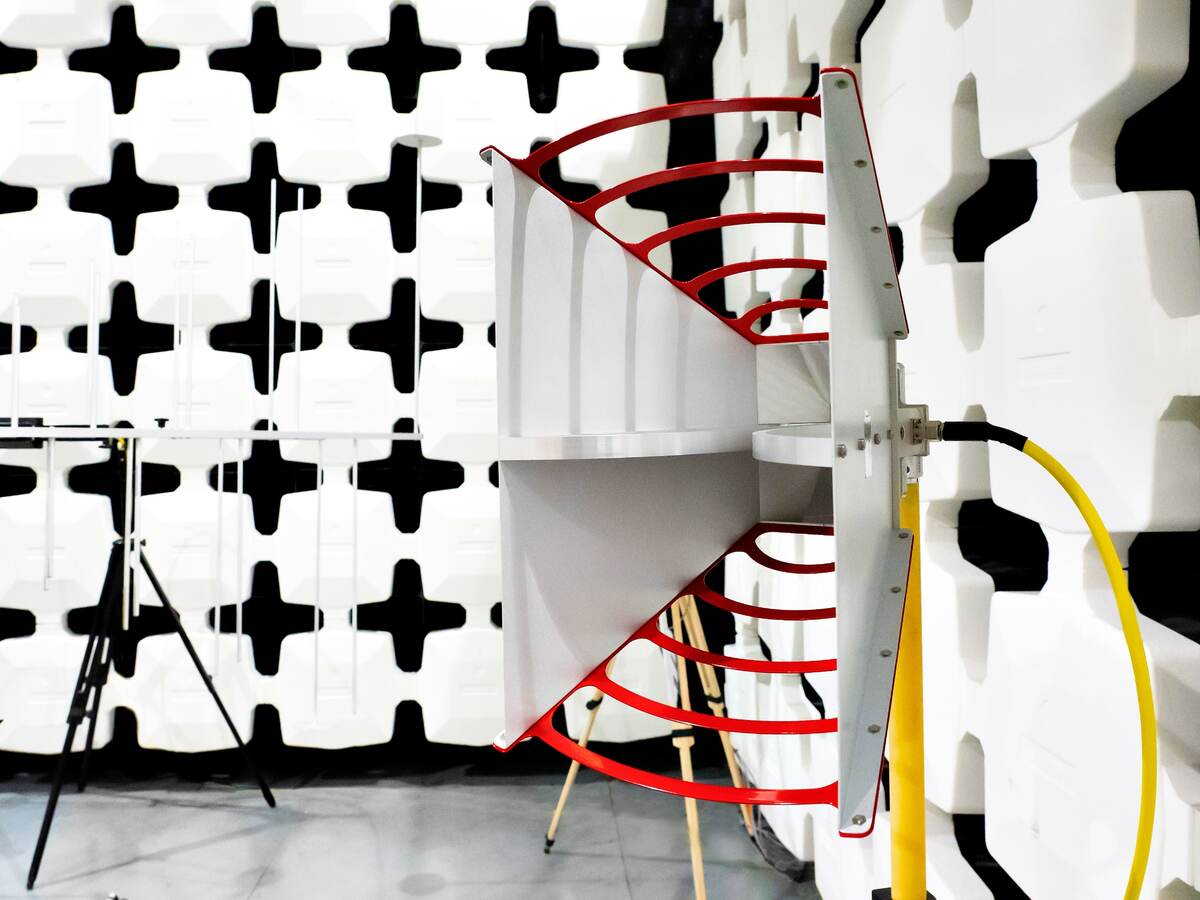
Ultra-wideband whitepaper
Discover the latest standards and regulatory requirements for testing ultra-wideband devices. The whitepaper includes insights such as UWB measurement methods and compliance criteria for test results.

Ultra-wideband (UWB) is a wireless technology that operates at high frequencies, enabling accurate capturing of spatial data. According to the UWB Alliance, more than a billion devices will be integrated with ultra-wideband technology by the year 2025.
The catalyst for this increase in demand has been the suitability of UWB for the Internet of Things (IoT), i.e., devices equipped with internet-connected sensors and multiple radios that create and send data to a main platform. Additionally, new use cases emerged due to the technology’s introduction as a standard feature in smartphones.
Another catalyst is its inclusion in the automotive industry’s Digital Key Release 3.0 specification, published by the Car Connectivity Consortium.
Many industries have already applied UWB to their products, including healthcare, telecommunications and automotive.
For instance, small consumer electronic devices are beginning to incorporate UWB technology: smartwatches, other wearables, as well as consumer tags, which use UWB to help locate everyday objects, thanks to the technology’s capabilities in high-rate data transmission, accurate positioning and proximity awareness.
Learn more about UWB use cases, regulatory requirements, test methods according to the European Telecommunications Standards Institute (ETSI) documents, test instrument specifications, and compliance criteria for test results in this concise whitepaper.

Ultra-wideband whitepaper
Thanks for your interest in our products and services. Let's collect some information so we can connect you with the right person.